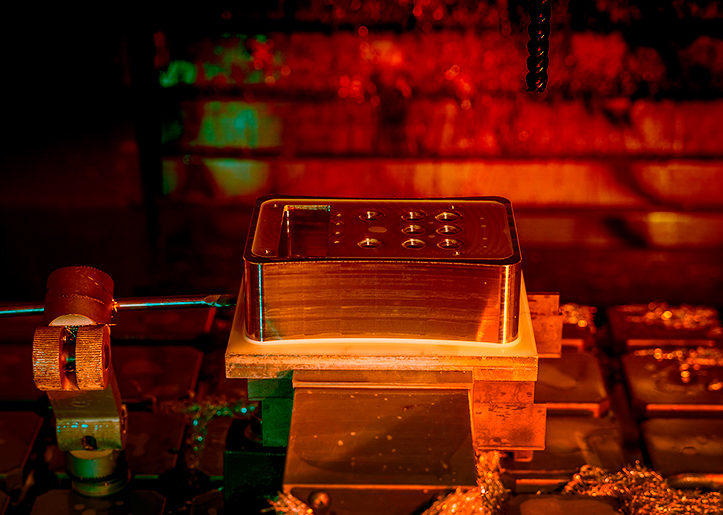Tempering is a heat treatment that is carried out on steel after hardening to achieve…

What is swarf removal machining and what types are there?
Find out what is swarf removal machining and what are its different applications in parts manufacturing.
What is swarf removal machining?
There are several industrial processes for moulding and shaping different metal parts. One of the most common is swarf removal machining, the purpose of which is to remove excess material from a raw part.
What is swarf removal machining?
Machining usually involves the removal of material. Swarf removal is a basic machining process in which material is removed or cut by using relative movements between the tool and the workpiece to be machined. In other words, the desired final shape of the workpiece (e.g. bolts or nuts) is achieved by using sharp tools to produce tiny pieces of the blank.
Types of swarf removal machining processes
The types of swarf removal machining processes can be grouped into two broad groups based on their complexity and accuracy:
- Basic processes: These are simpler processes with somewhat less precise finishes including sawing, filing, drilling and tapping.
- High definition machining: These are more specialised processes with more complex technology that feature optimal surface finishes and less waste generation. These include turning, milling, broaching and mortising. These techniques stand out for their high efficiency and precision.
After defining the machining process, the material of the parts to be machined (metal, plastic, wood or ceramic components) must be taken into account in order to select the appropriate technique. This is because milling a metal part is not the same as milling a wooden surface.
The advantages of swarf removal machining
This type of process has many advantages over other machining methods that make it the perfect alternative:
- The most obvious advantage is that swarf removal takes less time than abrasive machining.
- It preserves the mechanical properties of the material (other techniques such as forming do not allow this).
- It is more economical than other machining processes
- Ability to obtain very sharp edges due to the high dimensional accuracy of the techniques.
Disadvantages of this type of machining
While it is true that swarf removal machining has many advantages over other techniques, it also has some restrictions that may prevent this method from being chosen on some occasions. Some of the reasons may be:
- There is a high volume of waste which, depending on the complexity of the parts to be made or the material to be used, can be a disadvantage.
- The size of the part to be machined is limited. In fact, the position angle of the machining tool affects the thickness of the chips, but also the service life of the tool itself.
- Sometimes deburring is necessary to achieve a polished workpiece, even though it is an efficient process.
Applications for swarf removal machining
Most industrial processes involve swarf removal machining at some stage of their development. For this reason, this technique is widely used in industry.
The military and aeronautical industries are usually two large sectors that have processes in which swarf removal machining is used. The production of barrels for firearms or the milling of titanium cases in the aerospace industry are two clear examples. However, these are not the only applications of machining. Furniture design, extraction machinery manufacturing or the production of parts for the energy industry demonstrate the versatility of these processes and their presence in a large number of sectors.
EONSI, machining experts
Swarf removal machining offers enormous possibilities. EONSI is specialised in carrying out these processes. Our team is constantly learning and we are aware of the most important technological advances in the sector. We have the most advanced machinery and the most qualified personnel to carry out any project that comes to us. Contact us and we will give you a quote tailored to your requirements. No obligation!



